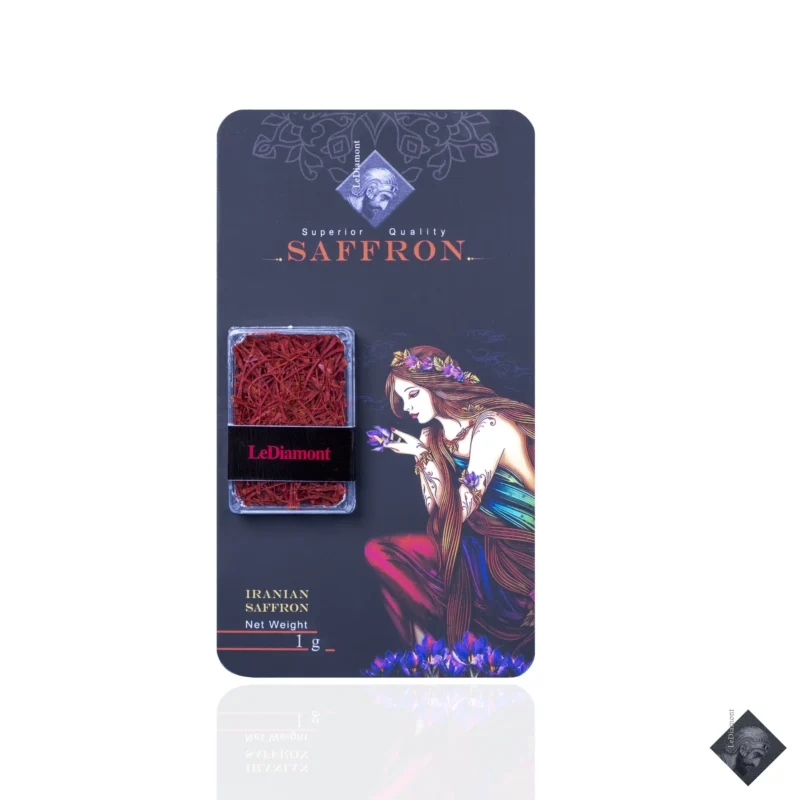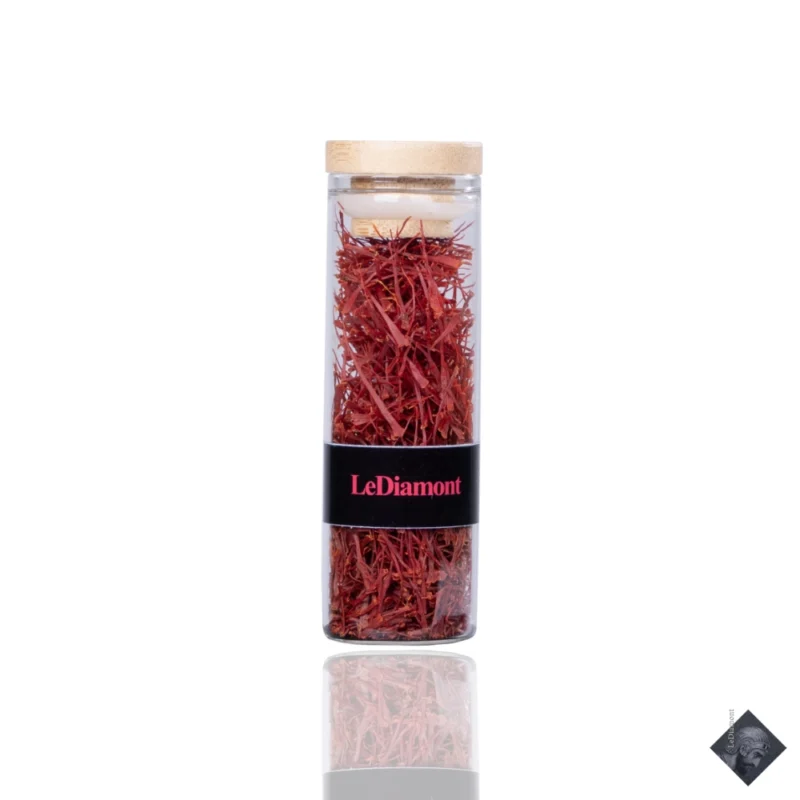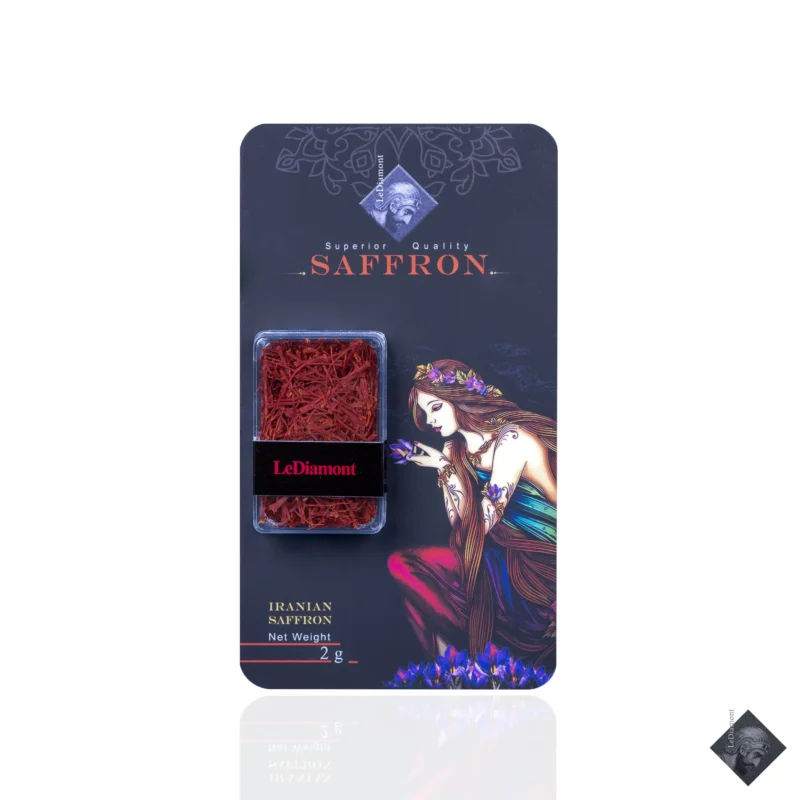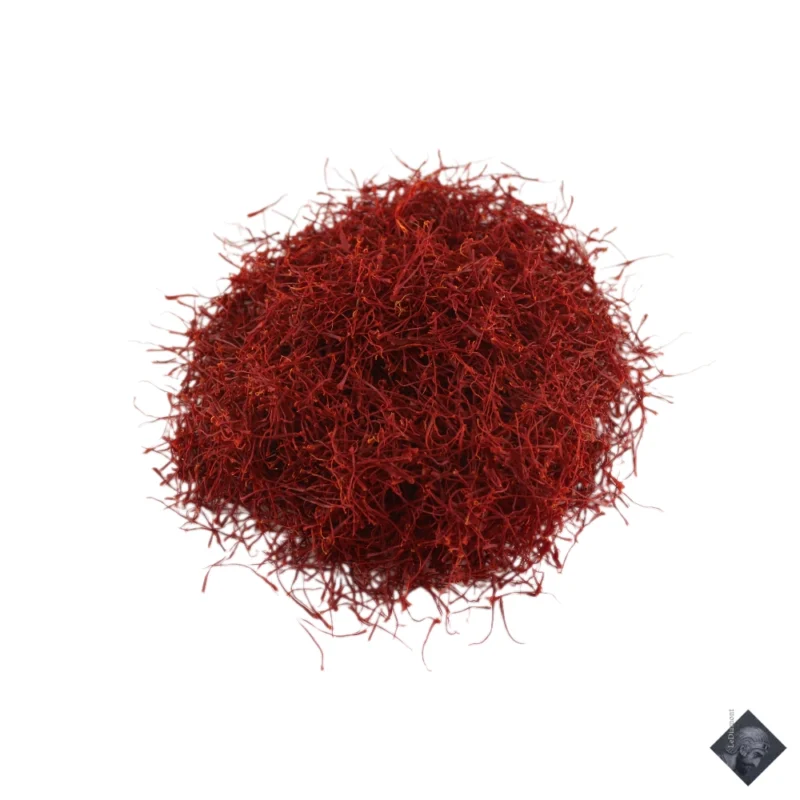Sargol Saffron
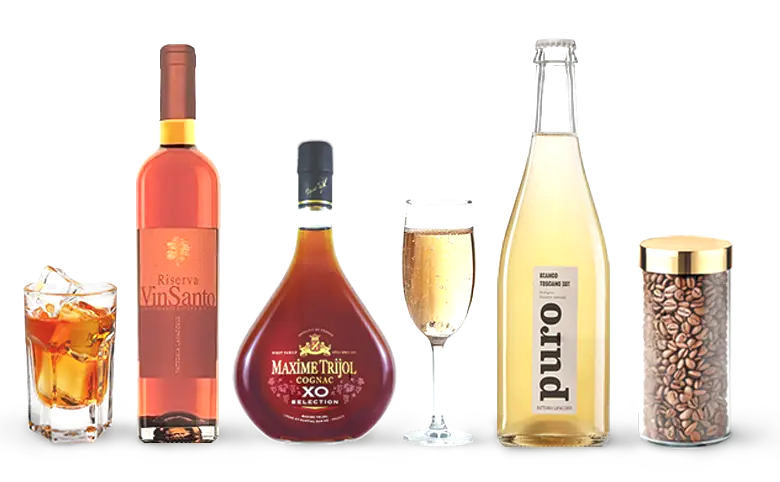
$5.50
$10.57
$91.65
$20.04
$242.57
$48.88
Sargol Saffron is truly a wonder spice, admired and sought after by culinary enthusiasts and foodies alike. This spice is known for its vibrant crimson color, intense aroma, and unparalleled flavor, making it a must-have ingredient in any kitchen. Using Sargol Saffron in your cooking can elevate any dish to new heights. Whether you are making a traditional paella, a creamy risotto, or a fragrant Persian rice dish, Sargol Saffron adds a depth of flavor that cannot be replicated by any other spice. So, if you are looking to add a touch of luxury and sophistication to your cooking, look no further than Sargol Saffron. This spice is a true treasure, and once you try it, you will understand why it has been cherished for centuries.
What is Sargol Saffron?
Sargol saffron, also known as "red gold," is the purest form of persian saffron, meticulously hand-harvested from the Crocus sativus flower's stigma. Renowned for its vibrant color, potent aroma, and intense flavor, Sargol saffron consists of only the deep-red stigma tips, devoid of the yellow style or any floral waste. Sargol saffron's lively color, intense flavor, and aromatic qualities make it a prized ingredient in culinary and medicinal applications. In culinary arts, Sargol saffron adds a rich, golden hue and distinctive flavor to a wide range of dishes, including rice pilafs, risottos, stews, desserts, and beverages. Its versatility extends to medicinal use, where it is valued for its antioxidant properties, anti-inflammatory effects, and potential health benefits, ranging from promoting digestion to improving mood and cognitive function. Sargol saffron holds significant cultural and symbolic importance in various traditions and ceremonies around the world. In culinary traditions spanning the globe, Sargol saffron is prized for its ability to elevate dishes to new heights of flavor and sophistication, earning it a place of honor in the culinary repertoire of chefs and home cooks alike.Where is Sargol Saffron From?
Sargol saffron primarily originates from Iran, particularly the Khorasan province, where ideal climate conditions and centuries-old cultivation traditions converge to produce the world's finest saffron. The region's fertile soil, ample sunlight, and dry climate create an optimal environment for saffron cultivation, resulting in saffron of unparalleled quality and potency. Sargol saffron undergoes a labor-intensive harvesting and processing method to ensure its purity and quality. This painstaking process requires precision and expertise, ensuring that only the finest saffron strands make it to market.Difference between Negin Saffron and Sargol Saffron
While both Negin and Sargol saffron are prized for their purity and potency, they differ in appearance and processing. Negin saffron comprises longer, intact strands with minimal breakage, presenting a visually striking appearance. Sargol saffron, on the other hand, consists of shorter, uniform threads, making it ideal for culinary applications where a consistent color and flavor are desired.How Can You Tell If Saffron Is High Quality?
several factors distinguish high-quality saffron from inferior varieties:- Color: Premium saffron exhibits a deep red coloration throughout the threads, indicating high levels of crocin, the pigment responsible for saffron's hue.
- Aroma: Authentic saffron emits a strong, aromatic fragrance characterized by floral, honey-like notes. The aroma should be intense and distinctive, without any musty or off odors.
- Flavor: When steeped in warm water or milk, high-quality saffron releases a complex flavor profile, encompassing floral, honey, and earthy notes. The taste should be robust, with a lingering sweetness and minimal bitterness.
- Appearance: Saffron threads should be uniform in size, with no signs of mold, moisture, or extraneous matter. The absence of broken or crushed threads is indicative of careful handling and minimal processing.
Iranian Saffron vs Spanish
If you’re torn between Iranian saffron vs Spanish, this guide provides clarity on what sets each apart. Spanish saffron, including La Mancha and Coupe varieties, is known for its sweet, floral taste, but Iranian saffron leads in potency and crocin levels. With a history of generational expertise, Iranian saffron dominates global production, offering superior quality across its Super Negin, Sargol, and Pushal types. Learn how to spot authentic saffron and make an informed choice for your kitchen or wellness needs. for more information about "iranian saffron vs spanish" you can click on the link and read more.Why is Persian Saffron the Best?
- Persian saffron, particularly from Iran, holds a coveted status as the world's finest saffron due to several factors:
- Ideal Growing Conditions: Iran's arid climate, fertile soil, and ample sunlight create optimal conditions for saffron cultivation, resulting in saffron of superior quality, flavor, and potency.
- Centuries-old Tradition: Iran boasts a rich cultural heritage and centuries-old tradition of saffron cultivation, with farmers employing time-honored methods passed down through generations to ensure the highest standards of quality and purity.
- Strict Quality Control: Iranian saffron undergoes rigorous quality control measures, including strict grading standards, meticulous sorting, and packaging protocols, to ensure that only the finest saffron reaches the market.
best saffron foods
If you want to add some color and great flavor to your foods then Persian saffron is your best bet. Here are some ideas for the best foods to be elevated by this luxurious product.- Saffron-infused Soups and Stews: Saffron enhances the flavors of hearty soups and stews, adding depth and complexity.
- Saffron-infused Sauces: Saffron is used in savory sauces, such as saffron-infused béchamel or tomato-based sauces.
- Saffron-infused Drinks: Saffron is sometimes added to beverages like saffron-infused lemonades or cocktails, offering a unique twist.
- Saffron-infused Bread: Saffron imparts a distinct flavor and golden hue to bread, making it a delightful addition to various baked goods.








